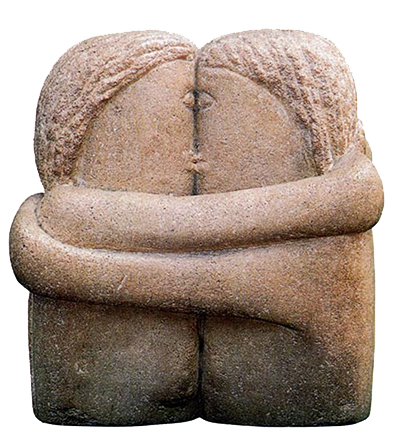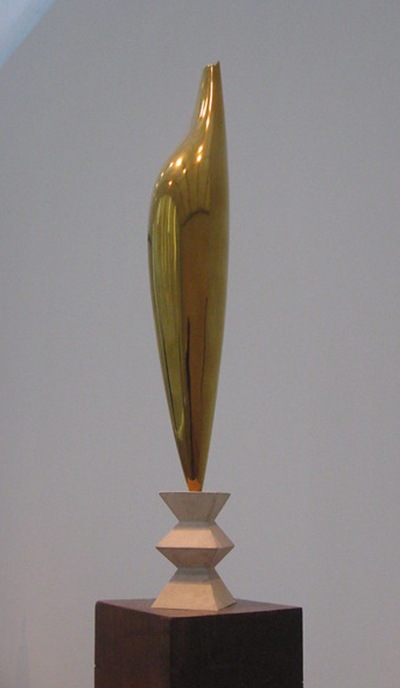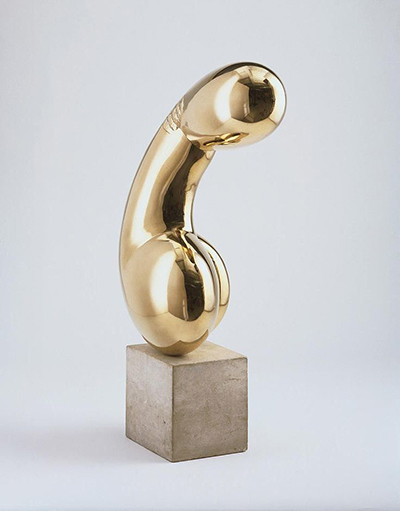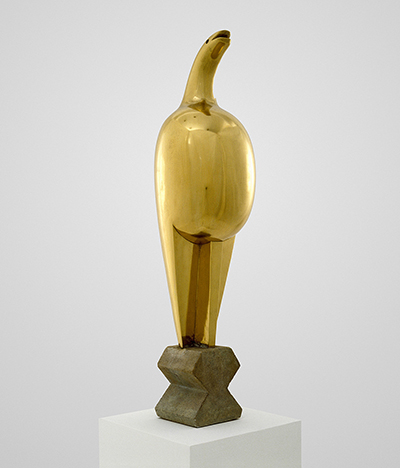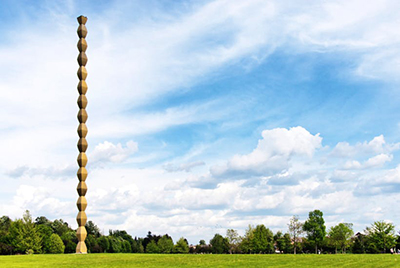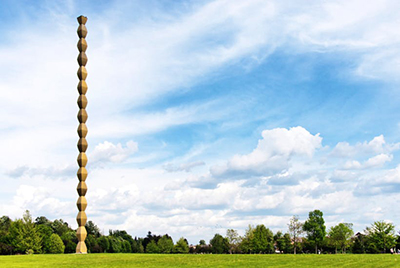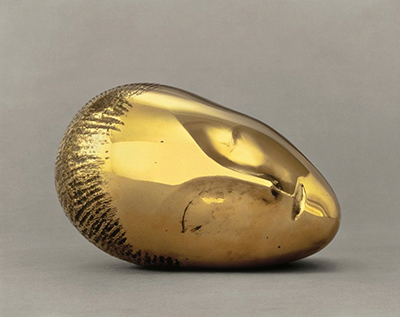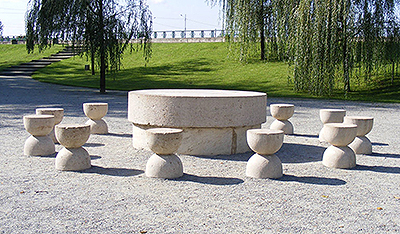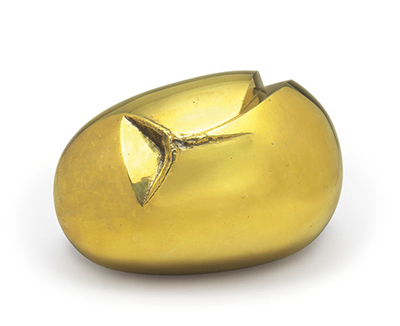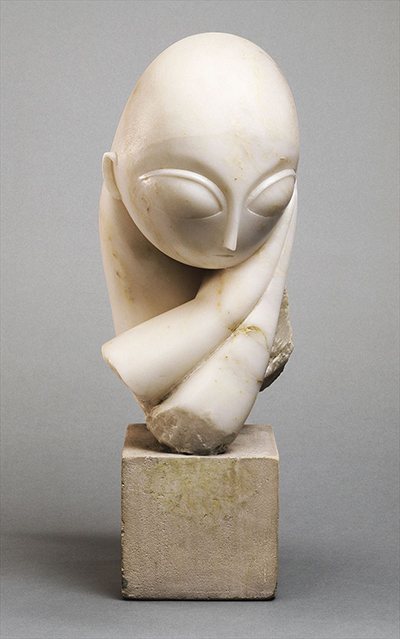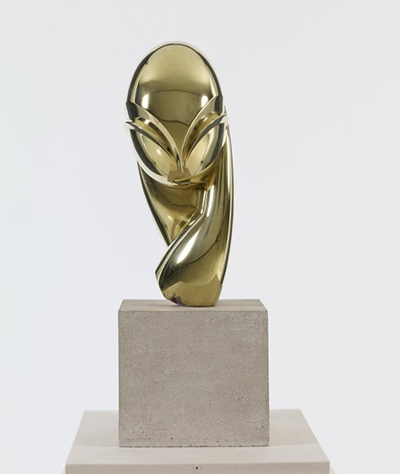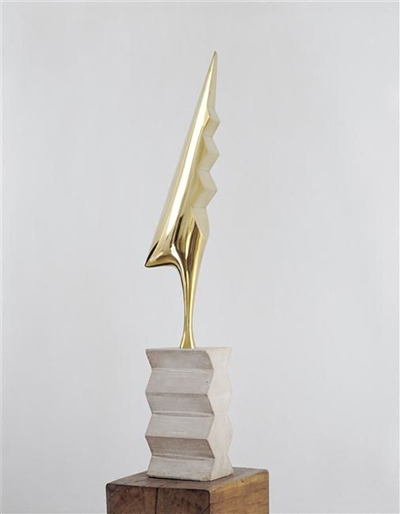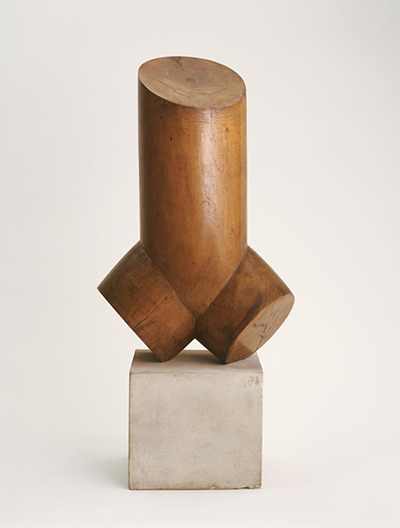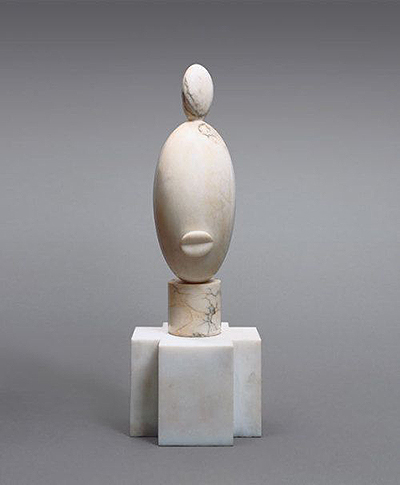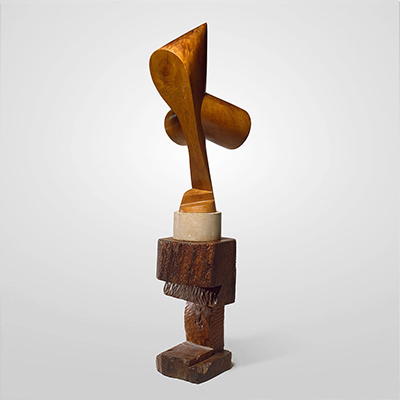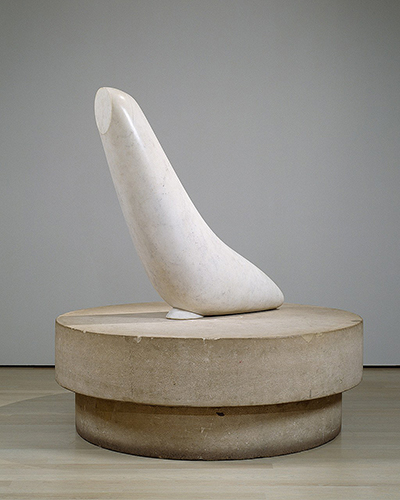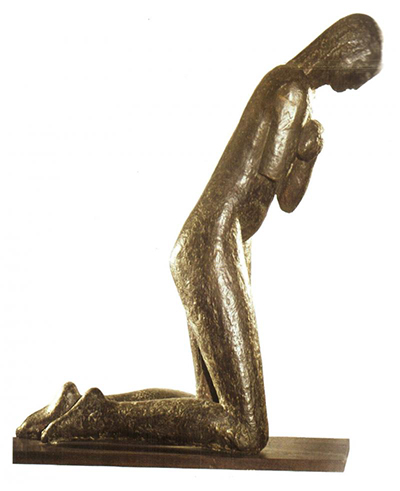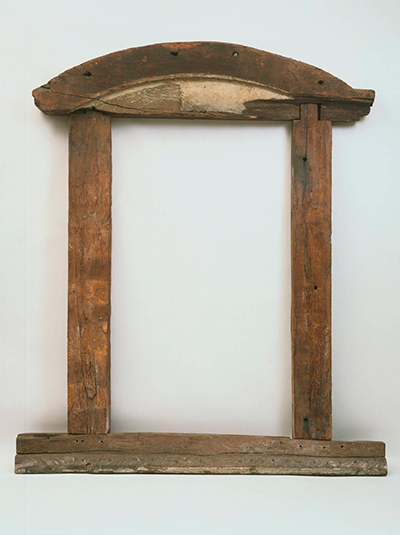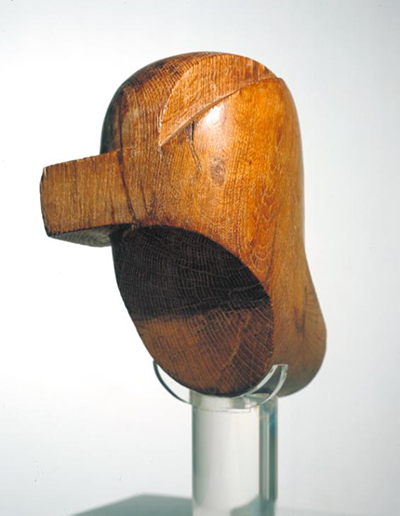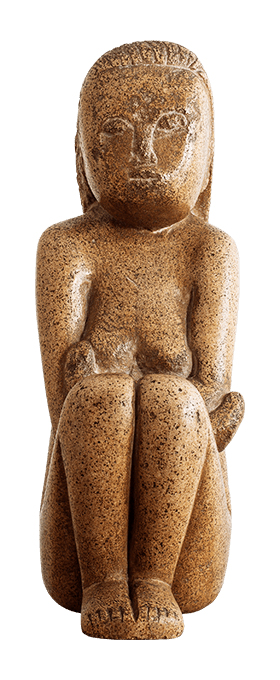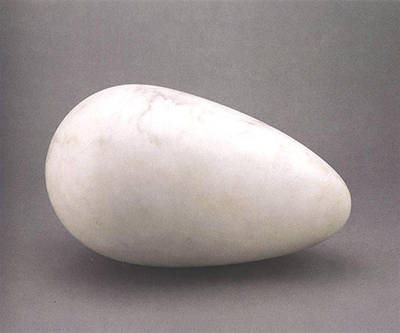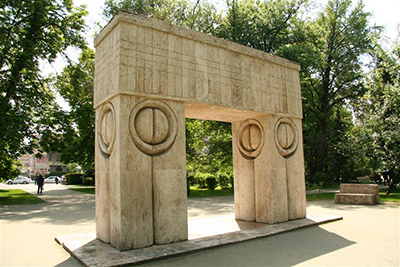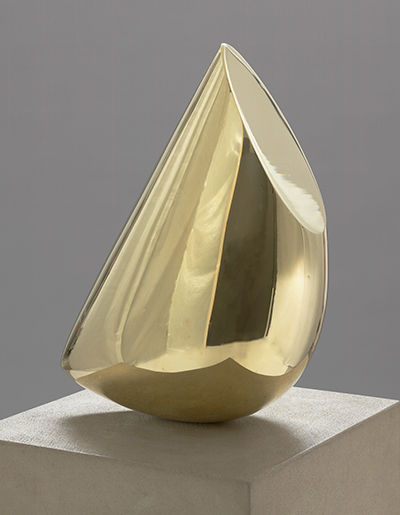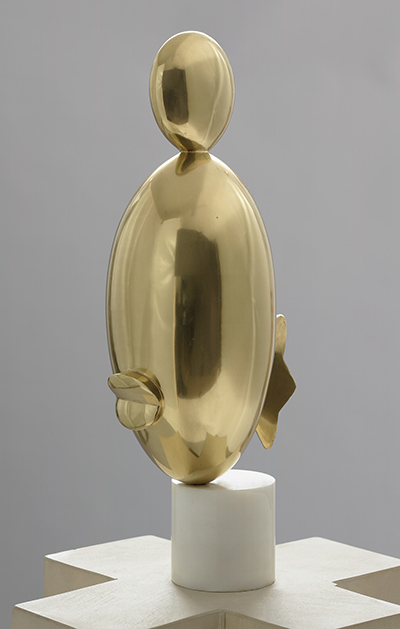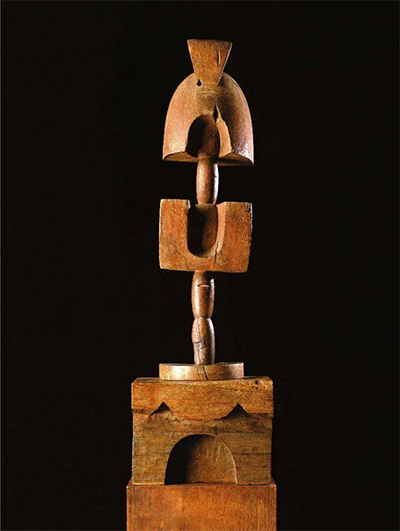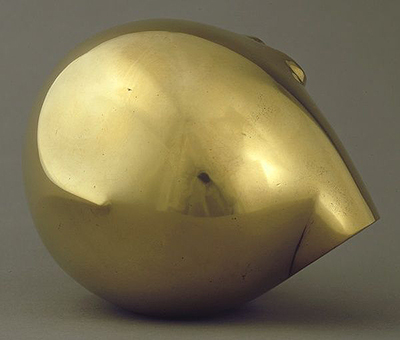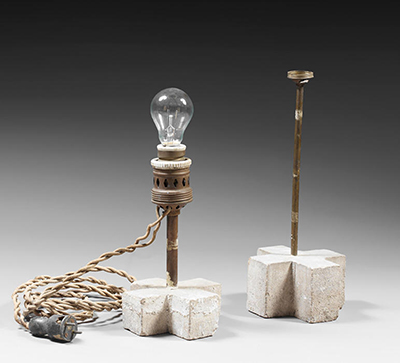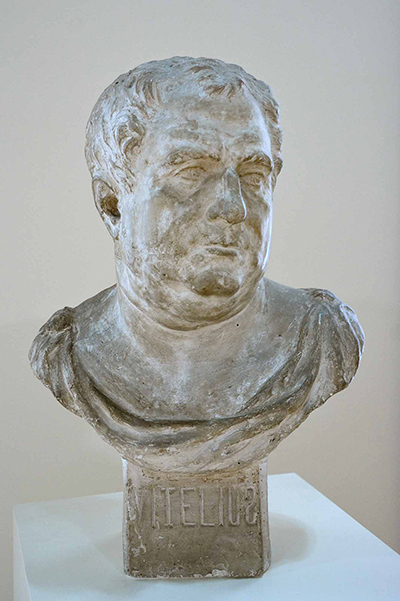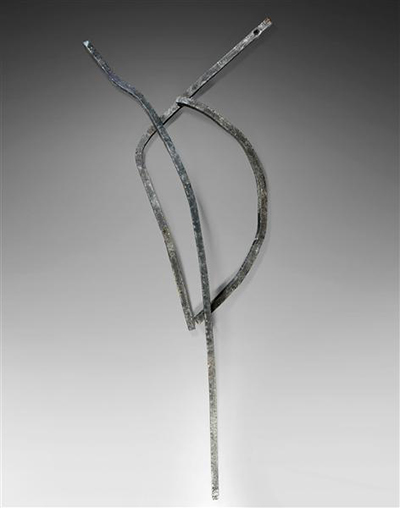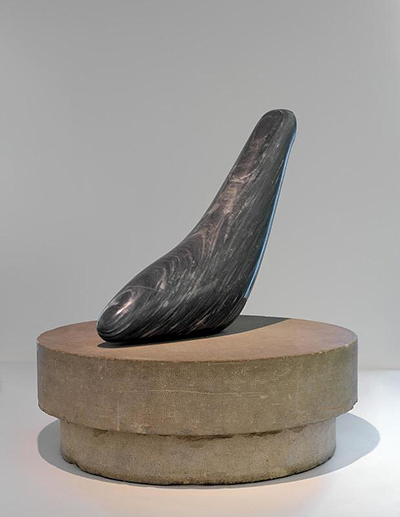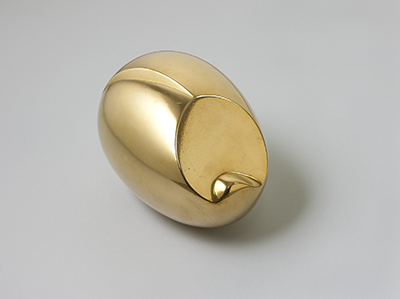Constantin Brâncuși is considered by many to have been the pioneer of modern sculpture and his reputation continues to dominate this art form, many decades later.
Introduction
He made use of training in his native Romania, plus Germany and France, before appending his own modernist approach which left behind a series of memorable pieces in his respected career oeuvre.
High Output
This Romanian was just as productive as he was curious, leaving behind an output of 1200 photographs and 215 sculptures by the time of his passing at the age of 81. He was to become embraced by the French state who have treated him as well as one of their own, particularly after he bequethed some of his sculptures to the nation. He felt at home here having moved to the country in the early 20th century.
Success across Europe
He did find some other creative Romanians within Paris during this period, though, so we was never particularly homesick. The art market continues to hold a huge interest in his work, particularly his original sculptures, and extraordinary prices will inevitably accompany any public sales of his work on the rare occasion that this happens.
He once held the record for the public sale of any sculpture, and in recent years the highest price achieved from his career was $71 million for La Jeune Fille Sophistiquée in the summer of 2018.
This was an artist who travelled extensively but never lost touch with his original roots in Romanian life. He dressed modestly in keeping with his people, even after leaving for the bright lights of western Europe. This region in Romania was actually famed for its artistic use of woodcutting and this was his early experience in the creative world.
It felt natural to be doing this, such was the prominence of it locally. It was only later as he grew up that he started to become exposed to all of the other aspects of the discipline of sculpture. As his career progressed he would even spread his wings beyond this, taking in drawing, painting as well as a successful spell in the growing art form of photography.
Paris was key to his Evolution
Early twentieth century Paris was perhaps the most extraordinary melting pot of different types of artists that the continent has ever experienced and Constantin's boldness in moving here was repaid many times over by the ways in which it aided his artistic development. Whilst here he spent considerable time in the company of other creative figures such as Amedeo Modigliani, Guillaume Apollinaire, Louise Bourgeois, Man Ray, Marcel Duchamp, Henri Rousseau, Tristan Tzara and Fernand Leger.
Legacy
Constantin Brancusi remains one of the most famous sculptors in history and added a significant new direction into the history of this discipline which was earlier led by the likes of Donatello, Michelangelo, Lorenzo Ghiberti and Gian Lorenzo Bernini.
Classical sculpture goes all the way back to major empires such as the Greeks and Romans, with the Renaissance and Baroque periods then pushing it forwards once again. Sculpture is an art form which can be found in the history of cultures right across the world and many non-European work has inspired some of the names found here, but our focus in this website is predominantly in European artists.
Romanian Brancusi knew he could not entirely realise his potential without leaving his nation's boundaries and would head west to take on new ideas and experiences as well as promoting his career to some leading figures in the art world. Some notable sculptors from the more recent past include Auguste Rodin, Pablo Picasso, Joan Miro, Alberto Giacometti and Henry Moore.
This was not a sculptor who ever limited the breadth of influences which could bring ideas to his work and looked far beyond just the sculptors of the past. He was often more interested in style of art rather than the technical details and found inspiration in all manner of other creative careers.
You will find similar in the work of many painters such as Paul Gauguin, Vincent van Gogh and Pablo Picasso, who studied in depth the cultures of Japan, certain regions of Africa and also the French Polynesian islands. These ideas would then lead into artists who followed on from them, firmly establishing new techniques in the modern culture of western art.
Many of the wealthier members of this group of artists could even afford to purchase some original artworks from these cultures, many of which had become available during the colonial years when the world started to become much smaller and more inter-connected. Some even went a step further and lived out in some of these regions in order to truly understand them by living within.



